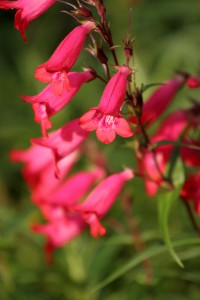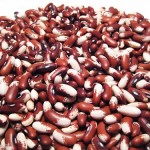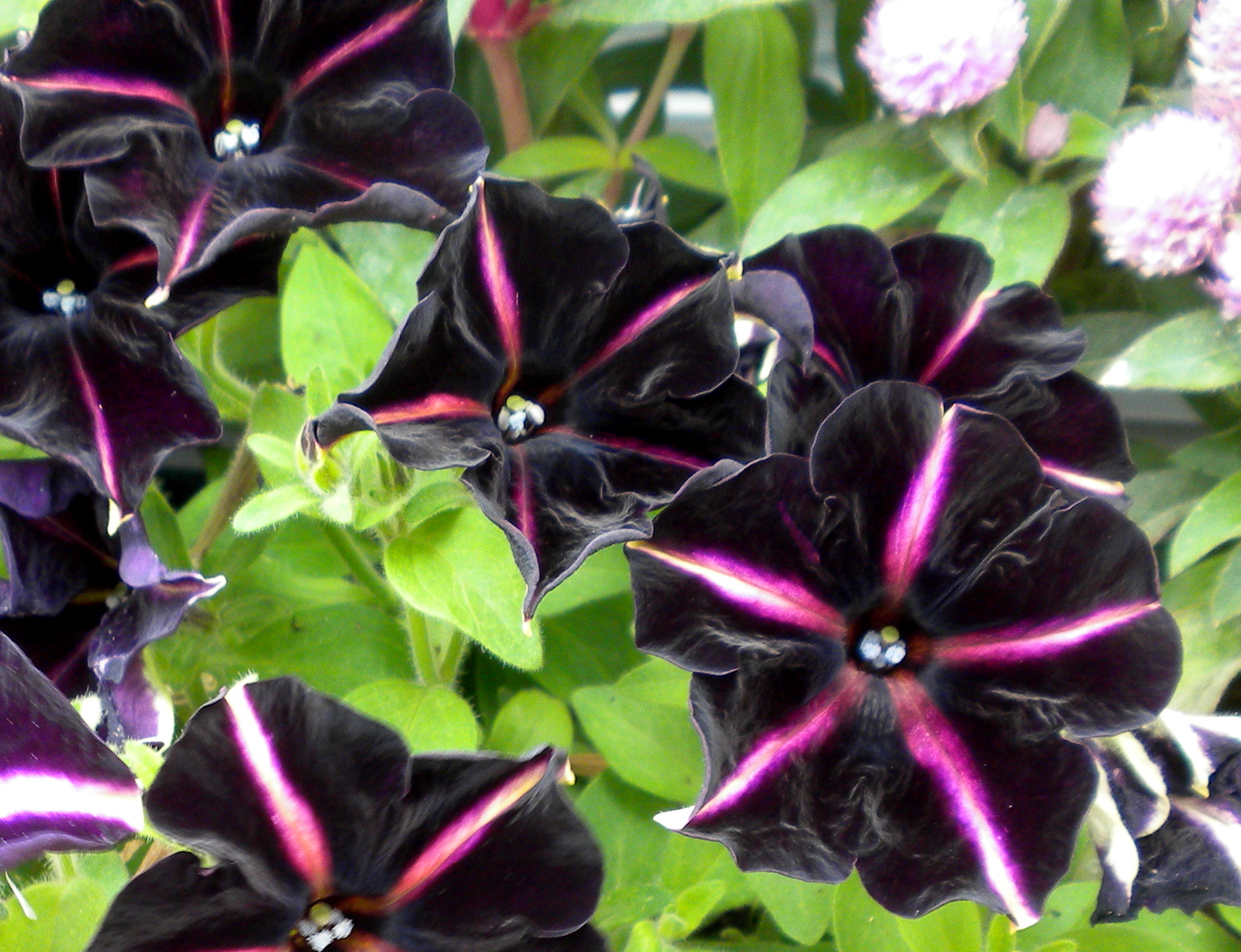Like most gardeners I like a lot of flowers all season. If you’re not a fan of annuals, you probably search for the few perennials that bloom all summer. You can also extend the bloom period of perennials by deadheading.
Deadheading is the maintenance practice of removing spent flowers. By deadheading you keep the plants looking tidy, redirect the plant’s energy from seed production to roots and top growth, minimize reseeding, and for most perennials prolong the flowering period for a couple of weeks. Extending a blooming period is different than remontant blooming where a cultivar is designed to “remount” with blossoms a second time in the season without our intervention, i.e. specific cultivars of Daylilies or the yellow Corydalis.
Deadheading can range from a daily activity to every couple of weeks depending on seasonal temperatures, rainfall, and the species. Often times when I wandered through my (small) backyard in the morning, coffee cup in hand, I’d find myself snapping off spent flowers. I felt less overwhelmed by doing this task daily.
Your queue will be the overall appearance of the perennial as flowers decline. But don’t wait too long to deadhead, unless you are saving seeds. When spent flowers become seed heads, chemical changes occur that can halt flower production.
There are several perennials that produce flowers along their stems and on a spike that can have their blooming period extended by deadheading.
To deadhead perennials that produce flowers along their stem, known as laterally, cut just below the spent flower at the first set of leaves or next bud. A few common perennials with both terminal and lateral flowering are Bee Balm (Monarda), Blanket Flower (Gaillardia), Coneflower (Echinacea), False Sunflowers (Heliopsis), Garden Phlox (Phlox paniculata), Shasta Daisy (Leucanthemum) and Stokes’ Aster (Stokesia).
There are several perennials that flower from the bottom up on single or multi-branching spikes. The single flowering spike should be deadheaded when about three quarters of the stem has finished blooming. Cut it off at the same junction as mentioned above. In the case of multi-branching spikes, like Globe Thistle (Echinops) or Hollyhock (Alcea), each flower head and its stem can be removed to the central spike. A few common perennials with spiked flowers are Culver’s Root (Veronicastrum), Delphinium, Foxglove (Digitalis), Lupine, Miniature Hollyhock (Sidalcea) and Spiked Speedwell (Veronica).
Deadheading flowers of one-time bloomers keeps them looking good but does not prolong the flowering. Some of the more recognizable single-season bloomers are Bergenia, Bleeding Heart (Dicentra), most Coral Bells (Heuchera), most Daylilies (Hemerocallis), Hosta, Iris, Lamb’s Ear (Stachys) and Rose Mallow (Hibiscus). Daylilies and Iris can be groomed daily but you will also need to remove the spent flowering stalks.
Another method of deadheading is shearing. This is done when masses of flowers die back all at once, as with thread leaf Coreopsis. With one hand gathering up the spent blooms and with the other clip off the stems and part of the upper leaf cover using garden scissors. Perennial Geranium (not the annual Pelargonium, aka Zonal) and Salvia can be cut back almost to the ground to produce a second flowering. This method may look messy, but all will look fine in a few days.
It’s no secret on how to have longer lasting color from your perennials…just give ‘em a pinch!












